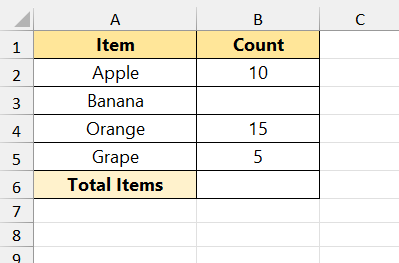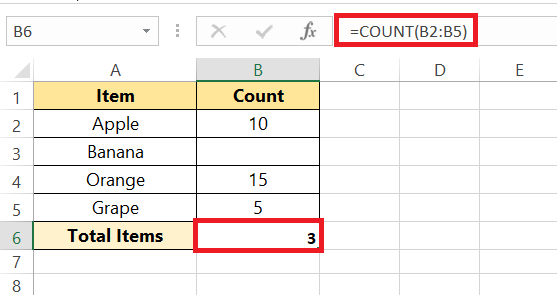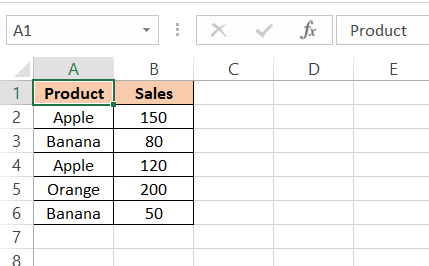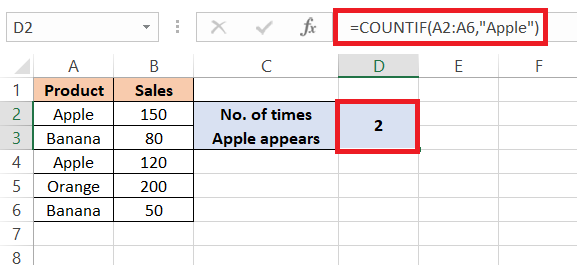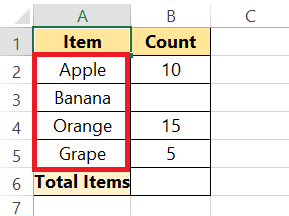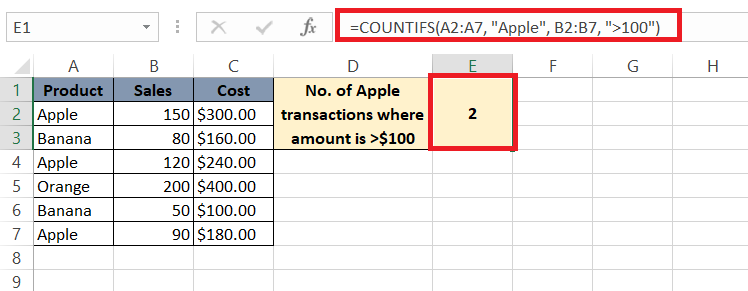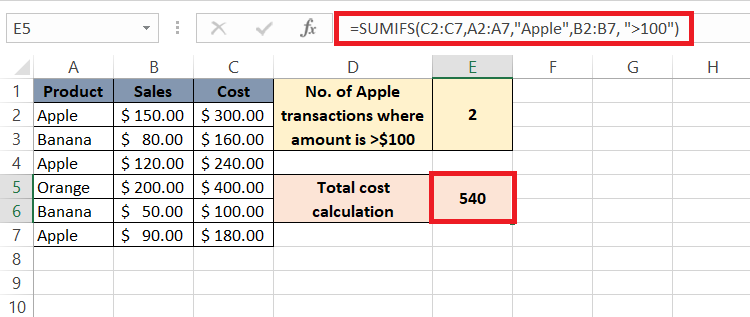Using the COUNT function in Microsoft Excel for cost analysis allows you to quickly quantify the number of entries in a dataset, facilitating the evaluation of cost-related data. By counting cells that meet specific criteria, you can identify the frequency of expenses, occurrences of cost overruns, or instances of budget adherence. This approach on how to use count for cost analysis enhances your ability to analyze spending patterns, allocate resources efficiently, and make informed financial decisions.
Key Takeaways:
- The COUNT function in Excel enables rapid quantification of entries, facilitating the evaluation of cost-related data and simplifying complex financial datasets.
- By using COUNT, COUNTIF, and COUNTIFS functions, you can identify the frequency of expenses, instances of cost overruns, and adherence to budget, providing insights into spending patterns.
- Cost analysis with COUNT functions supports informed financial decisions by highlighting areas of waste, forecasting future expenditures, and aligning investments with strategic goals.
- COUNTIF and COUNTIFS functions offer advanced capabilities to count cells based on single or multiple criteria, enhancing the precision of your cost analysis.
Table of Contents
Introduction to Cost Analysis
Unveiling the Power of Count Formulas in Excel
Cost analysis can often seem like a daunting task, but with Excel’s COUNT formulas at your disposal, it becomes a walk in the park. These functions are nifty tools for quick calculations, allowing you to derive meaningful insights from heaps of data with a few keystrokes.
Think of them as your data-crunching assistants, ready to tally up whatever you need without breaking a sweat.
The Relevance of Cost Analysis in Business Decision-Making
Cost analysis is a cornerstone in business decision-making, providing a clear snapshot of financial health and guiding choices that can make or break a company’s budget. By dissecting the inflows and outflows, organizations can pinpoint areas of waste, forecast future spending, and align investments with strategic goals. Essential for growth, cost analysis illuminates the path toward efficient resource allocation and better profitability.
Fundamentals of COUNT Formulas
Grasping the Basics: What is the COUNT Function?
The COUNT function is an Excel savior when you want to tally the number of cells filled with numerical data. They make it a breeze to quantify entries in any given spreadsheet, aiding in tasks ranging from inventory management to data validation.
Simple yet powerful, the COUNT formula is entered as =COUNT(range), and voilà, it swiftly provides the total number of cells in a range that contains numbers. Remember, it’s the first step in turning raw data into actionable insights.
STEP 1: Enter the data into cells.
STEP 2: In cell B6, type =COUNT(B2:B5). Press Enter.
The COUNT function in cell B6 returns 3, meaning there are 3 cells with numerical data in the range B2. This helps in quickly determining the quantity of numerical entries within the specified data range.
Diving Deeper: Variations like COUNTIF and COUNTIFS
Diving deeper into Excel’s toolbox reveals COUNTIF and COUNTIFS, the formula’s more specific and sophisticated relatives. COUNTIF is ideal when you need to count cells based on a single criterion, such as how many products exceed a certain sales figure.
On the other hand, COUNTIFS expands on that capability, letting you apply multiple criteria across different ranges — an absolute game-changer for complex datasets. With these functions, you can filter and count in a way that’s tailored to pinpoint accuracy in your data analysis.
=COUNTIF(range, criteria)
Let’s look at the example below:
Scenario:
A small fruit store wants to analyze its sales data to understand the popularity of different fruits. The store records the sales of various fruits in a spreadsheet and needs to count how many times each type of fruit appears in their sales data.
Objective:
Count the number of times “Apple” appears in the product list to gauge its popularity.
STEP 1: Enter the sales data into cells of the spreadsheet.
STEP 2: In cell D2, type =COUNTIF(A2:A6, “Apple”). Press Enter to run the formula.
The result in cell D2 will be 2, indicating that “Apple” appears 2 times in the range A2:A6.
Scenario: Cost Analysis Using COUNTIFS Function
COUNTIFS Syntax: =COUNTIFS(criteria_range1, criteria1, [criteria_range2, criteria2],…)
A fruit store wants to analyze its sales data to determine the number of high-value transactions for specific products. The goal is to count the number of transactions where the product is “Apple” and the sales amount exceeds $100. This will help in understanding the frequency of high-value sales and optimizing inventory management.
Objective:
Count the number of “Apple” transactions where the sales amount is greater than $100 and calculate the total cost of these transactions.
STEP 1: Enter the sales data into cells.
STEP 2: In cell E1, type =COUNTIFS(A2:A7, “Apple”, B2:B7, “>100”). Press Enter to run the formula. The result in cell E1 will be 2, indicating there are 2 high-value “Apple” transactions.
STEP 3: In cell E5, type =SUMIFS(C2:C7, A2:A7, “Apple”, B2:B7, “>100”) to calculate the total cost of these transactions. Press Enter. The result will be $540.00.
Note: Don’t forget to format your numbers into currency/number format, or else the SUMIF formula will not give the correct value.
Conclusion:
The COUNTIFS function reveals there are 2 transactions where “Apple” sales exceeded $100. Using the SUMIFS function, the total cost of these transactions is calculated to be $540.00. This cost analysis helps the store understand the financial impact of high-value sales, guiding inventory management and pricing strategies.
Advanced Tips and Tricks
Debugging Common Issues with COUNT Formulas
It’s a truth universally acknowledged that even the best-laid Excel plans can face hiccups. Maybe you’ve been scratching your head wondering why the COUNT function isn’t spitting out the right numbers. Often, the issue lies in data formatting — perhaps those numbers are actually text, or vice versa.
It’s also a good idea to check for sneaky spaces or non-visible characters. And remember, COUNT won’t consider logical values or text unless specifically told to do so. Start by ensuring that all data conforms to the expected format, and employ the trusty COUNTA function for a broad sweep of non-empty cells.
Quick Tips:
- Verify data format types (General, Text, Number).
- Look out for hidden spaces or characters.
- Check if cells contain errors which COUNT will ignore.
- Use COUNTA to count all non-blank values if needed.
- Ensure criteria in COUNTIF/COUNTIFS are correctly quoted and match the data exactly.
If debugging is still giving you trouble, take a deep breath and step back for a moment. Sometimes a fresh set of eyes after a cup of coffee is all it takes to spot that one pesky problem.
Speed up Calculation and Data Processing in Excel
Efficiency is key when using Excel, especially with large datasets that could potentially slow down your workflow. To keep Excel light on its feet, consider converting your data to Excel Tables for enhanced performance in automatic calculations.
Switch off automatic calculations while you’re inputting data to avoid recalculations after each entry. You’re in the driver’s seat—take control by manually recalculating (F9 is your friend) when you’re ready. And for the speed-seeking Excel geeks, embrace PivotTables for summary reports and learn the art of array formulas for multiple calculations in a single swoop.
FAQ: Mastering the COUNT Formula in Excel
What is the count function?
The COUNT function is a formula in Excel that tallies up the total number of cells in a specified range that contain numbers. It’s great for quickly getting a count of quantitative data entries in spreadsheets, providing a simple yet effective way to measure data points.
What is the formula for cost analysis in Excel?
The formula for cost analysis in Excel isn’t a one-size-fits-all; it varies depending on the complexity of your analysis. Generally, you might combine SUM for total costs, SUMPRODUCT for weighted sums, and COUNTIFS for counting specific cost-related conditions. One example formula could be =SUMPRODUCT(cost_range, quantity_range) to calculate total expenses.
How do you use Countif analysis in Excel?
Using COUNTIF in Excel lets you count cells that meet a specific condition you define. To use it, input your range and set the criteria – like counting sales over a target amount – and COUNTIF does the tallying for you. For example, to count sales over $500 in range A1:A10, you would use =COUNTIF(A1:A10, “>500”).
How can I use the COUNT function to aid in cost analysis?
The COUNT function aids in cost analysis by giving you a quick count of how many numerical entries you have. For example, you could count how many items you’re paying for in a budget line. This helps in assessing the volume of transactions and gauging the extent of your cost-related data points.
Can you give an example of using COUNTIF for analyzing costs?
Certainly! Use COUNTIF for cost analysis by setting conditions relevant to your financial data. For instance, to count the number of transactions exceeding $1000 in a list from B2 to B100, the formula is =COUNTIF(B2:B100, “>1000”). You’ll instantly know how many high-value expenditures you’ve made.
John Michaloudis is a former accountant and finance analyst at General Electric, a Microsoft MVP since 2020, an Amazon #1 bestselling author of 4 Microsoft Excel books and teacher of Microsoft Excel & Office over at his flagship MyExcelOnline Academy Online Course.

